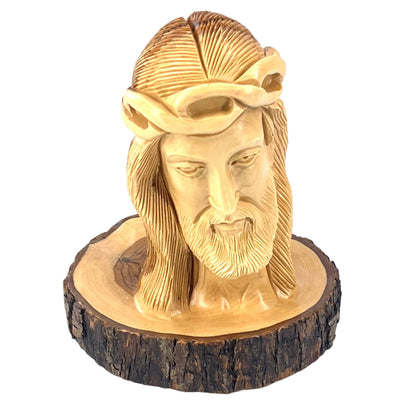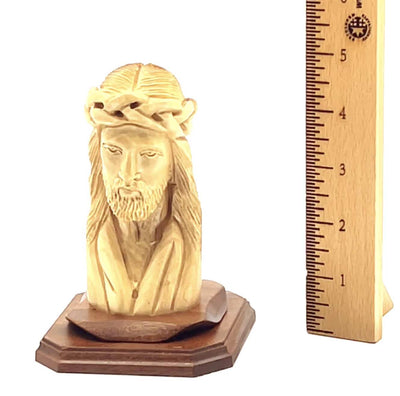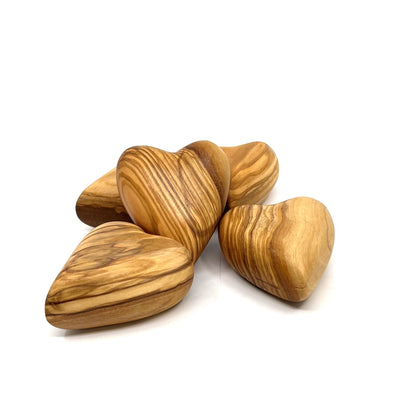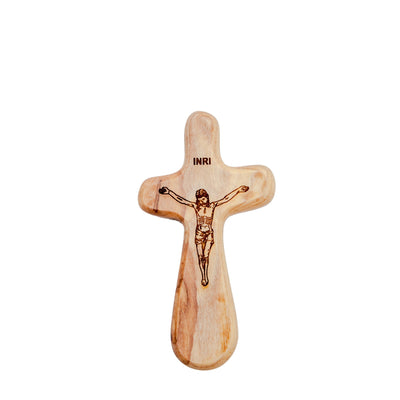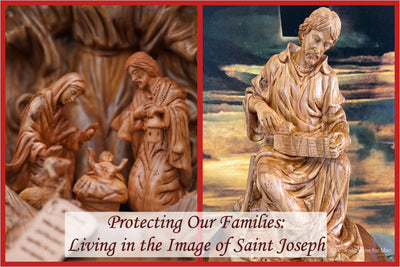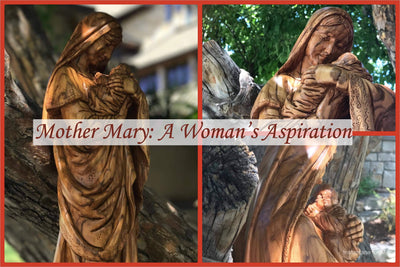For the last 70 years, the Dead Sea Scrolls have captivated the interest of the world.
How many scrolls have been found until now?
From 1946 to 1956, 972 documents along with nearly 15,000 fragments of ancient Jewish texts were found in eleven caves in the vicinity of Qumran, south of the town of Jericho along the retreating coastline of the Dead Sea. The hot, arid climate served as an ideal means of preserving the fragile documents, which were made of bronze, papyrus, and parchment, while the relative isolation of the location made it possible for the caves to remain unexplored until the middle of last century.

When were the first set of scrolls found?
In the late autumn of 1946, two Bedouin shepherds stumbled upon the first set of documents concealed in a cave. Recognizing that they had found items of value, they went to Bethlehem (an hour-long bus ride in those days) and began making inquiries for a buyer at local souvenir and antiquities shops owned by local Christians. (One local account has it that the Bedouin had at first thought to make a pair of sandals out of the larger segments of the scroll.) The shop owners recognized that the items being offered for sale were of some value, and eventually found their way to St. Mark’s Syriac Orthodox Monastery in Jerusalem for examination and appraisal. Eventually a high-ranking clergyman in the Syriac Church acquired most of the manuscripts, and were transferred from Jerusalem to Lebanon, then ultimately put up for auction in the United States, where they were purchased by Israeli archaeologists and brought to Jerusalem.
Meanwhile, further discoveries were made by archaeologists overseen by the Jordanian government, and the finds were brought to the Rockefeller Museum in East Jerusalem. Following the Six-Day War of 1967, the museum and its contents came under Israeli control, and the disparate parts ultimately became merged into one collection, to be researched and analyzed by scores of archaeologists and text scholars as few other documents have in the history of civilization.
What is the significance of the Dead Sea Scrolls?
Amongst the documents included in the find are Hebrew texts, copies of Psalms 152-155, several books identified as sacred by Jews and some of the Christian Churches, such as the Book of Tobit and Book of Enoch, and secular contemporary treatises. Written in Hebrew and ancient Aramaic, the spoken language of Christ, they provided scholars with a wealth of knowledge of the writings, theology and life of the Jewish peoples in the critical era of the three centuries before Christ and through the end of the First Century. 
Along with other archaeological finds such as coins, pottery and the archaeological ruins of a large complex that is believed to belong to the Jewish religious sect known as the Essenes, the findings at Qumran have given scholars and researchers a much better understanding of the contemporary religious and societal occurrences with the Holy Land leading up to and during the time of Christ’s ministry, offering a deeper understandings of the origins of the Christian.
The site of the Dead Sea Scrolls can be visited while travelling through Jericho south en route to the city of Eilat, while copies of the Dead Sea Scrolls are on permanent display at the Shrine of the Book at the Israel National Museum in West Jerusalem.
Join one of our 2018/2019/2020 upcoming pilgrimages and to walk in the footsteps of Jesus Christ, visit the Holy Land, and get the chance to see the deadsea scrolls!
